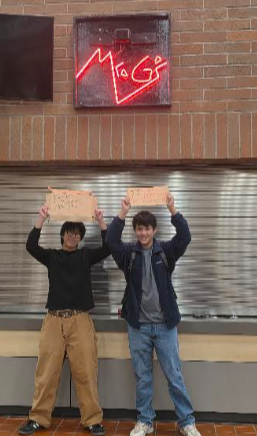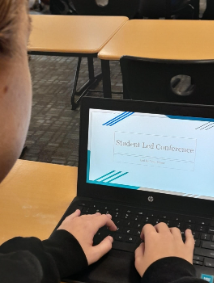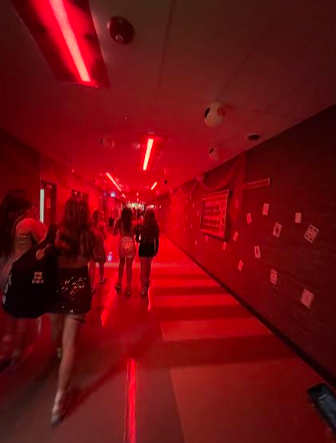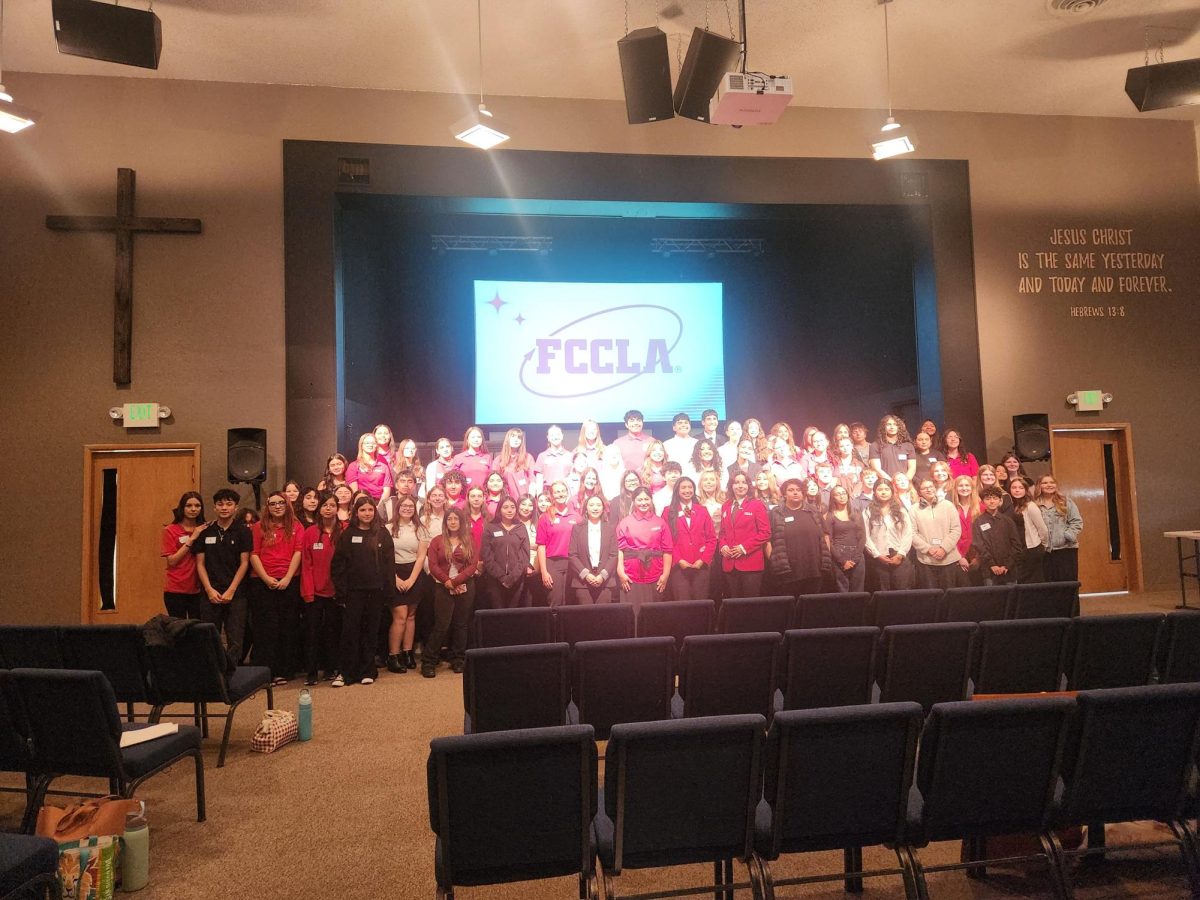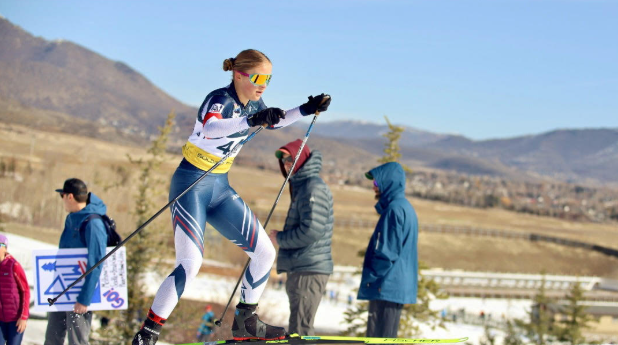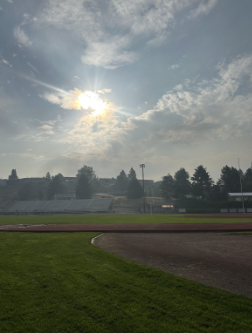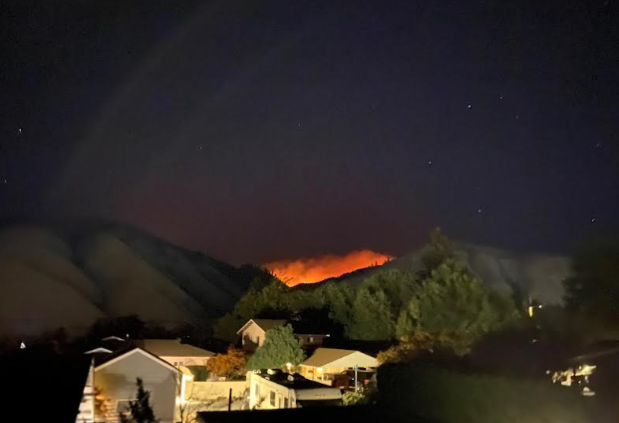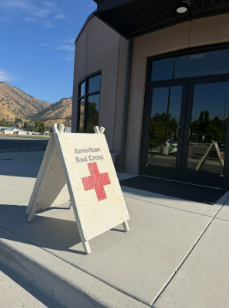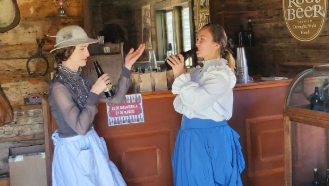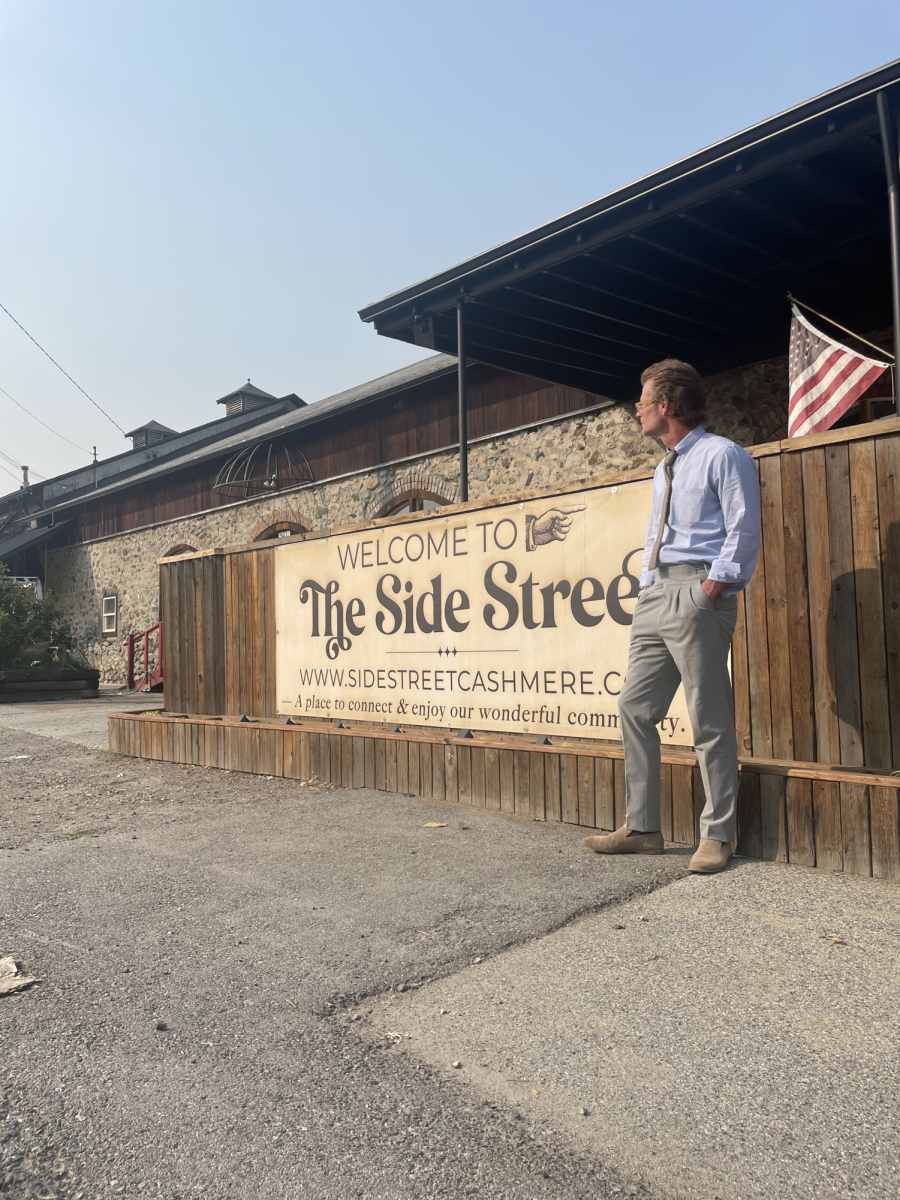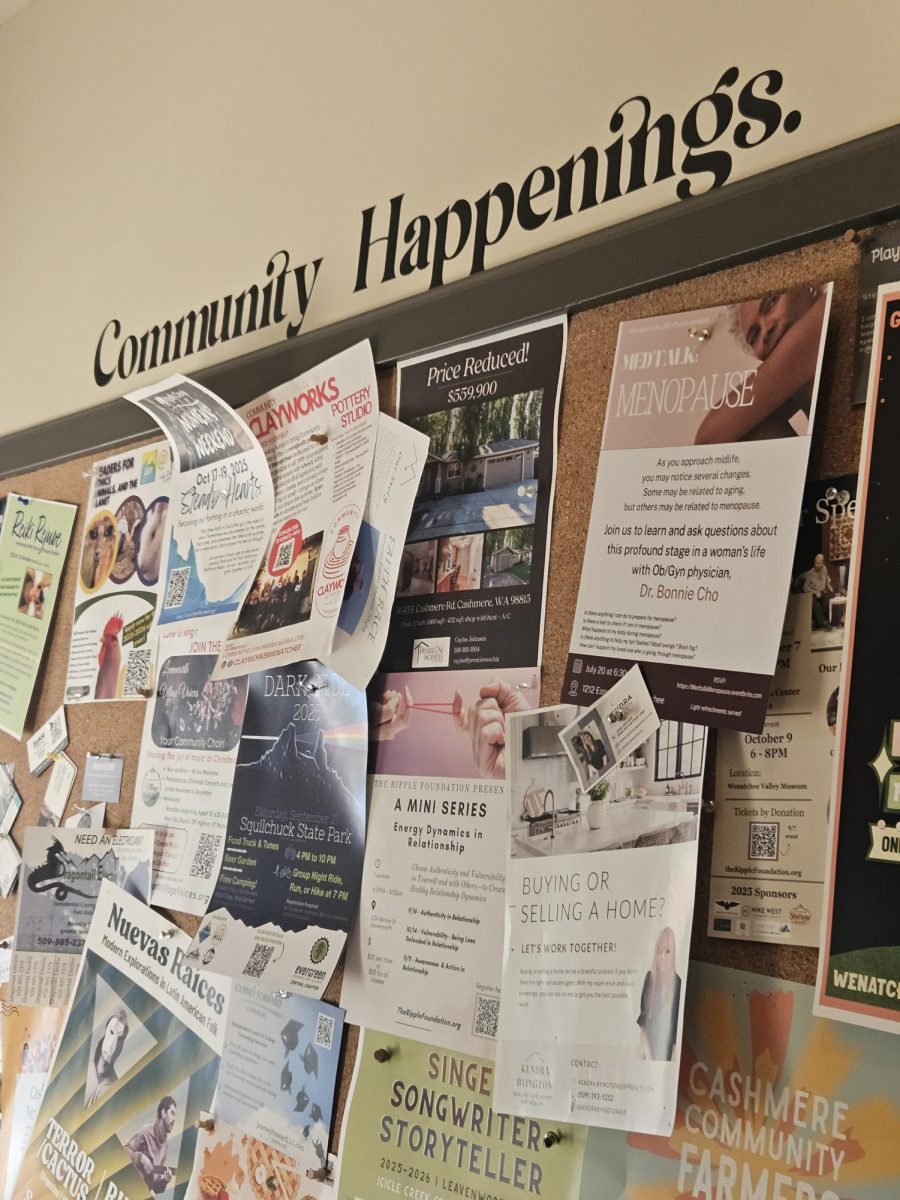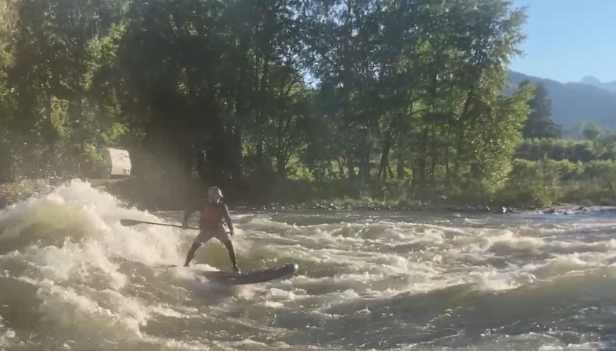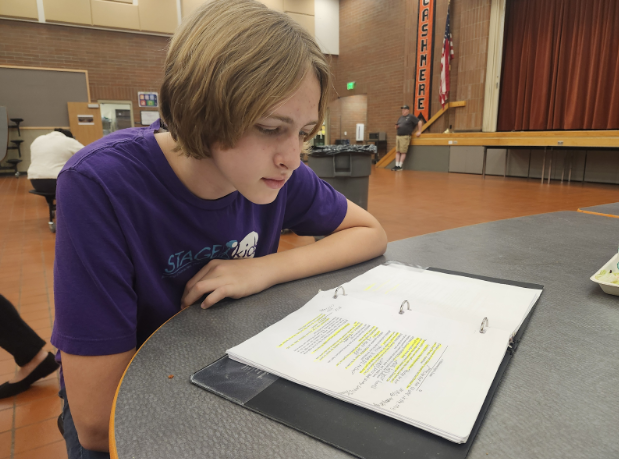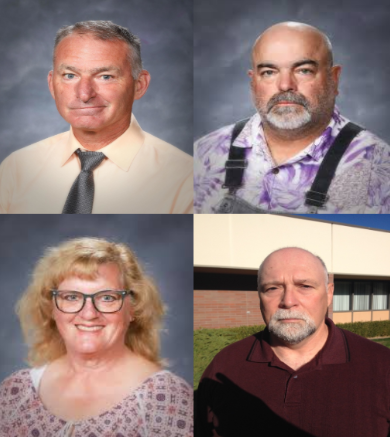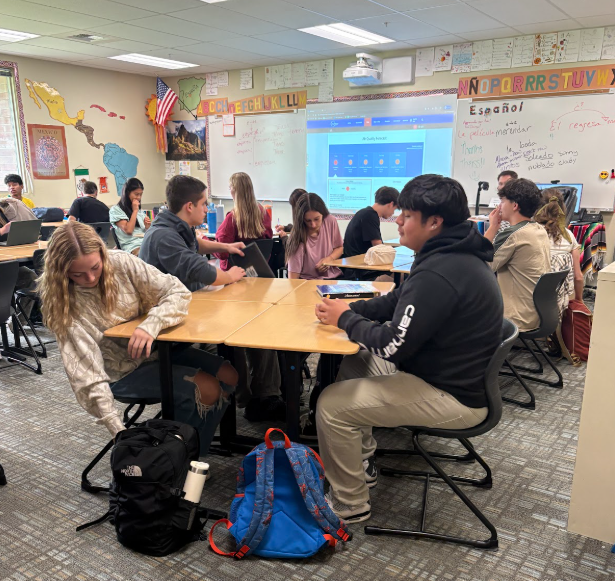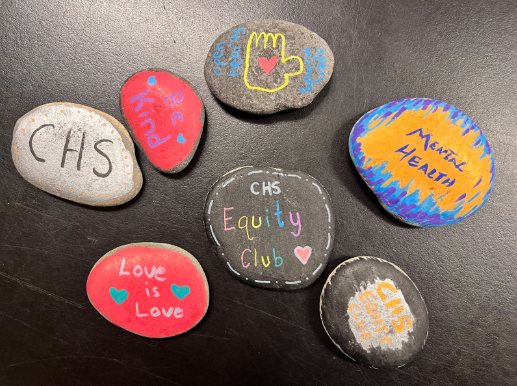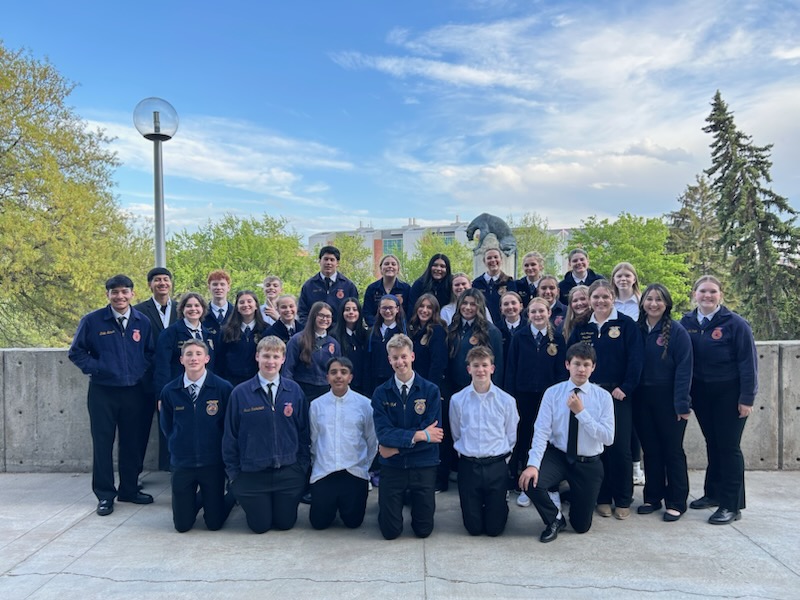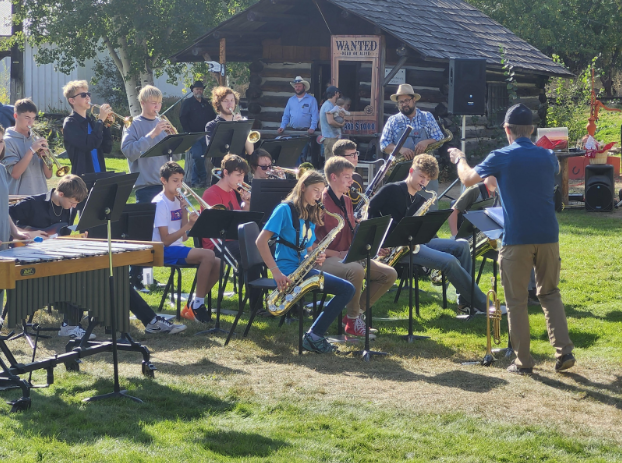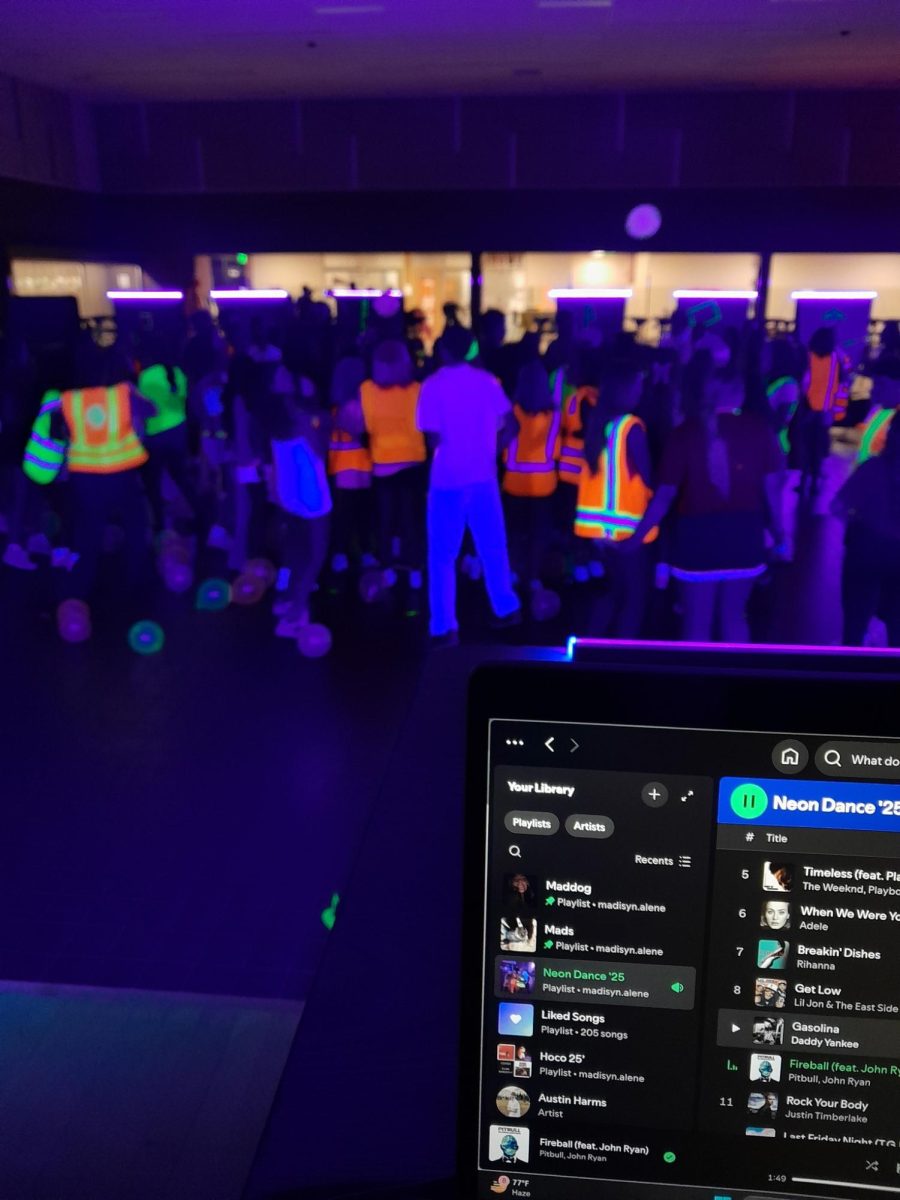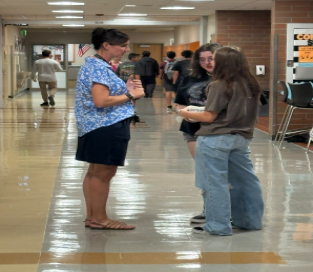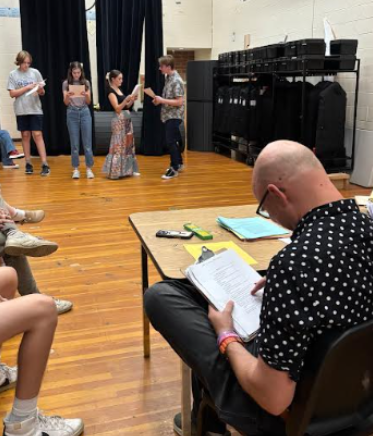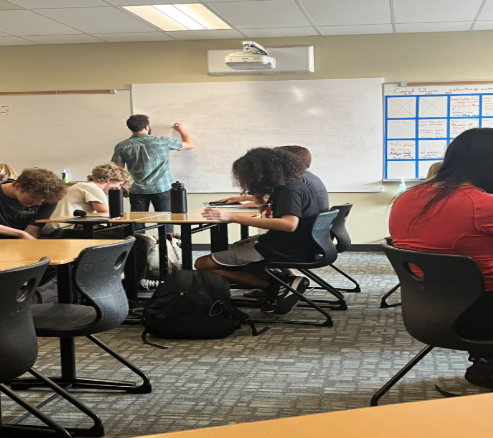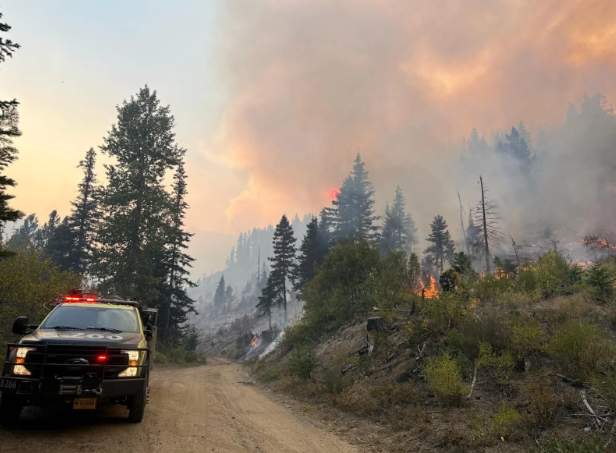The year is 1991. Nirvana has just released their hit album Nevermind, the Soviet Union is on the brink of collapse, and the grunge scene in Seattle is at an all-time high. But there’s another big thing happening in the Pacific Northwest: the debate between the logging industry and the preservation of spotted owls.
In 1973, the Endangered Species Act (ESA) is passed, protecting species of animals that are endangered and the habitats that they live in. Within the next two decades, scientists begin publishing research showing that the spotted owl requires old-growth forests in the PNW to thrive. Environmentalists begin filing lawsuits, aiming to block logging in specific areas where the spotted owl is found. In 1990, the spotted owl is officially placed on the endangered species list, and within the next year, federal courts restrict logging on millions of acres of land in the northwest. Finally, in 1994, President Bill Clinton passes the Northwest Forest Plan, balancing the protection of spotted owls and minimal logging in states like Washington, Oregon, and California.
Logging in Washington is a shadow of what it was in 1980. Back then, the state cut nearly six billion feet of timber each year, and communities from Aberdeen to Colville relied on sawmills for steady paychecks. Today, harvest volumes are less than half of that, revenues have shifted downstream to paper making and exporting, and the industry that once dominated the state’s economy has been eclipsed by technology, aerospace, and other sectors.
Now, the year is 2025. The amount of land in Washington State burned by wildfires has increased to over 400,000 acres per year since the 20th century. People care more about what new Labubu is released than the well-being of our forests, and Eastern Washington has some of the worst wildfires in the United States. By getting rid of the logging industry, we also got rid of our forest management and are now reaping the unintended consequences of raging wildfires.
There are two different types of logging that are predominantly used within the United States: clear-cutting, where all trees are removed in an area, and selective logging, where only certain trees are harvested.
Clear-cutting trees is what most people think of when they think of the logging industry in Washington. When forests are cut down, animals lose their habitats, the water cycle is disrupted, and it actually ends up being worse for wildfires. Temporarily, fires will be halted because there’s nothing to burn. But within a few years, dense patches of young trees will grow and will help fires spread faster and burn hotter than old-growth trees.
Selective logging, on the other hand, targets dead, diseased, or overcrowded trees, leaving the healthiest ones to thrive. This not only helps minimize the rapid spread of forest fires, but also helps the ecosystem of the forest grow stronger, by prioritizing keeping the stronger and healthier trees instead of the dead or diseased ones.
Fires aren’t always bad, however. Many forests have evolved to rely on smaller wildfires to recycle nutrients, clear brush, and even help some species of fire-adapted trees release their seeds. But after decades of fire suppression and reduced logging, many of our forests are now dangerously overcrowded with brush and dead trees that will burn hot and fast if hit by a wildfire. These fires quickly become catastrophic, burning tens of thousands of acres around communities like ours. If we started re-implementing selective logging and (consequently) forest management, we could reduce the risk of wildfires that threaten our homes, animals, and people while also creating new jobs for Pacific Northwest workers and restarting an industry that used to thrive in our state.
Finding a balance is essential; the spotted owls deserve a home, but so do we. Allowing fires to consume our time, money, and land isn’t what anyone wants. With more wilderness management and allowing the logging industry to grow again with selective logging, we can find a solution that benefits us all.
Works Cited
Griffin, Gilbert. “Selective Cutting vs Clear Cutting.” Forestry Editorial, 2 Sept. 2024, forestry.com/forestry-management/forest-health/land-management-forest-health/selective-cutting-vs-clear-cutting/.
Jensen, Jim. “Where Are the Fires in WA? Here’s a Map of the Wildfires Burning across the State.” FOX 13 Seattle, 5 Aug. 2025, www.fox13seattle.com/news/heres-where-wildfires-washington. Accessed 30 Sept. 2025.
loni, and loni. “Lower Sugarloaf Fire Update: Monday, September 22, 2025 – Lake Chelan News and Information.” Lake Chelan News and Information, 22 Sept. 2025, lakechelannow.com/lower-sugarloaf-fire-update-monday-september-22-2025/. Accessed 30 Sept. 2025.
“Northern Spotted Owl (Strix Occidentalis Caurina) | U.S. Fish & Wildlife Service.” FWS.gov, www.fws.gov/species/northern-spotted-owl-strix-occidentalis-caurina.
“Pacific Northwest Region.” Pacific Northwest Region, 2025, www.fs.usda.gov/detail/r6/landmanagement/resourcemanagement/?cid=fsbdev2_026880. Accessed 30 Sept. 2025.
“Prescribed Fire in the Northwest | USDA Climate Hubs.” Www.climatehubs.usda.gov, U.S. Department of Agriculture, www.climatehubs.usda.gov/hubs/northwest/topic/prescribed-fire-northwest.
“RCW 76.04.505: Finding—Intent.” Wa.gov, 2025, app.leg.wa.gov/rcw/default.aspx?cite=76.04.505&. Accessed 30 Sept. 2025.
“Sustainable Timber Harvesting – Washington Forest Protection Association.” Www.wfpa.org, www.wfpa.org/forest-management-2/sustainable-forestry/sustainable-timber-harvesting/.
Team, Enviroliteracy. “Are Wildfires Good for Nature? – the Environmental Literacy Council.” The Environmental Literacy Council, 7 Mar. 2025, enviroliteracy.org/are-wildfires-good-for-nature/. Accessed 30 Sept. 2025.
“The Nature Conservancy in Washington.” The Nature Conservancy, 2021, www.nature.org/en-us/about-us/where-we-work/united-states/washington/.
U.S. Fish & Wildlife Service. “Endangered Species Act | U.S. Fish & Wildlife Service.” Www.fws.gov, 28 Dec. 1973, www.fws.gov/law/endangered-species-act.


